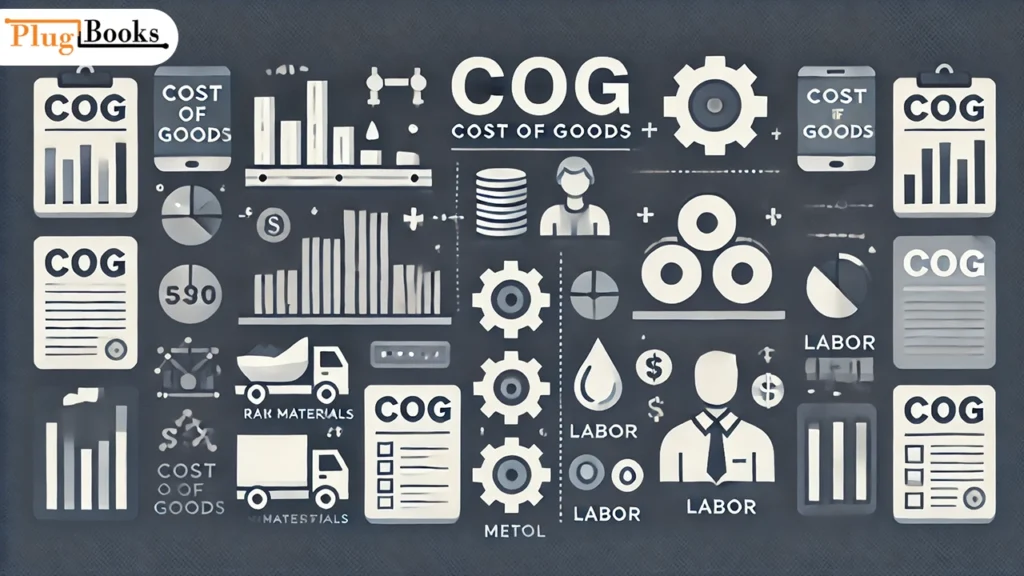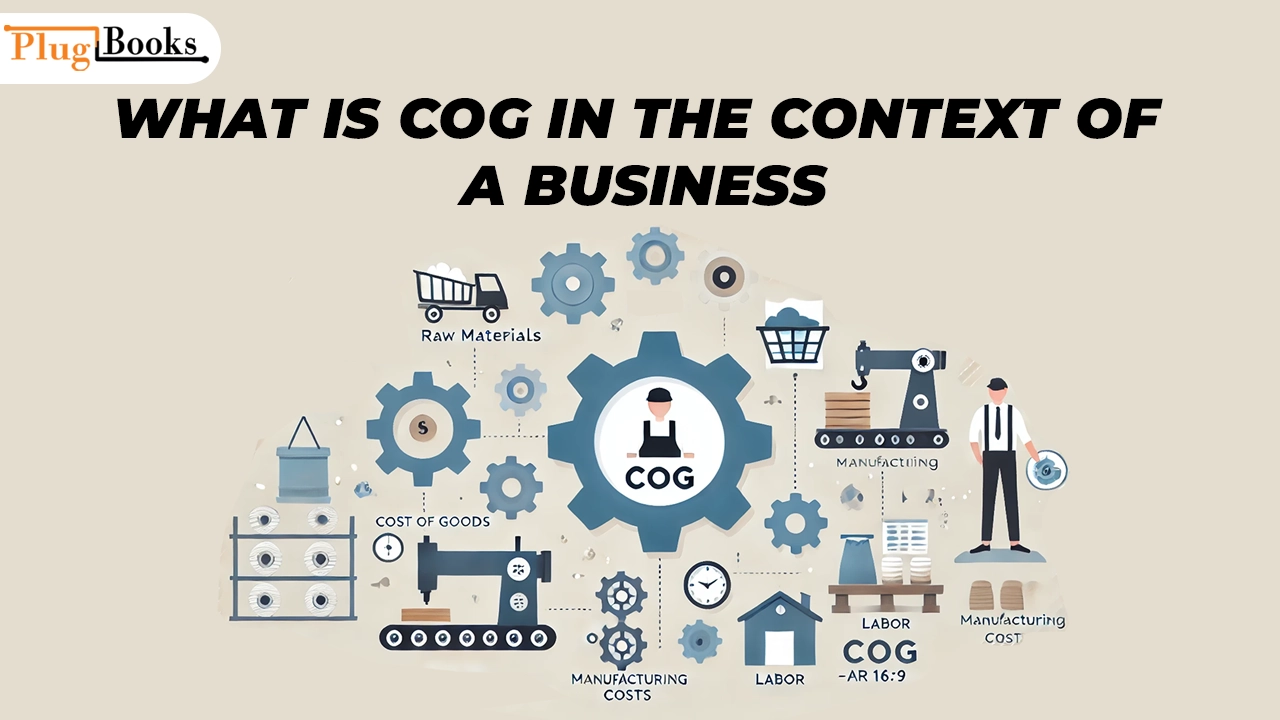You’re not alone if you’ve ever heard the term “COG” used in business and questioned what it means. Cost of Goods Sold, or COG, is a fundamental idea that is absolutely important for one to grasp the financial situation and profitability of a company. What is COG in the context of a business, and why should you be interested? Let’s get right in!
Simply said, COG is the direct expenses a company pays for manufacturing or acquiring the goods it offers during a given period. This figure covers labor, supplies, and manufacturing costs as well as To properly evaluate the performance and pricing strategy of their company, managers, financial analysts, and business owners all depend on an awareness of COG.
Let’s dissect what is COG in the context of a business and explain why running a good operation depends on it so highly.
Included by COG is what?
Knowing exactly what expenses are included helps one decide what is COG in the context of a business. COG usually consists of:
- Raw materials are the basic components required for a good’s manufacturing.
- Wages for direct labor—that of workers engaged in the manufacturing process.
- Manufacturing overhead covers things like quality control, factory utilities, and equipment maintenance.
If you run a custom furniture company, for instance, your COG would include the cost of wood, fabric, nails, glue, and worker pay for assembly of the furniture.
These expenses are critical since they directly affect your gross profit margin—that is, the variation between your COG and sales income. You have more potential for profitability the lower your COG.
Why should one understand COG?
Knowing what is COG in the context of a business goes beyond mere accounting practice. It can affect several important corporate choices. The following explains:
- Pricing Strategy: You must know the actual cost of manufacture if you are to determine the appropriate price for your products. Ignoring your COG could cause you to set a price that insufficiently allows for profit.
- Profitability Analysis: Calculating the COG will help you ascertain your income after deducting directly related expenses to product development. This facilitates the evaluation of the general financial situation of your company.
- Forecasting and cash flow management depend on your knowing of your COG. Should your COG rise unannounced, your bottom line may suffer and you will have to modify your plan.
- Tax Implications: COG is a deductible expense, so directly influences your taxable income. Reducing your COG (without sacrificing quality) will help your tax bill be smaller.

Calculating COG: how?
Calculating COG is compiling the production costs over a given period. There is a straightforward formula:
COG = Opening Inventory + Purchases during the period – Closing Inventory
Adjusting for inventory changes, this formula shows the cost of the goods that were sold during the period. Accurate COG calculation helps you to better understand your production expenses and enable wiser corporate decisions.
COG Affects Your Bottom Line:
To put it clearly, your profit margins directly depend on COG. Here is the method:
- Reducing the cost of goods sold while keeping the same pricing will raise your profit margin, or lower COG.
- Higher COG = Reduced Profit: Conversely, should your COG rise—from growing labor or material costs—your profits decrease unless you change your prices.
Companies like Plugbooks, which concentrates on simplifying procedures to keep operational expenses low while boosting income, show a good model of optimizing COG. Companies like Plugbooks can lower unneeded costs and boost profitability by concentrating on effective inventory control and operational enhancements.
The Function of COG in eCommerce: An Analysis Based on Case Study
Consider an eCommerce company for instance. Think of an Amazon seller. If the seller uses Amazon FBA, her COG would include the cost of goods bought from manufacturers, shipping charges, and maybe warehousing expenses. While still keeping good margins, the seller can be more competitive with pricing the lower the COG.
COG Management Using Plugbooks
One thing is to know what is COG in the context of a business; another is to properly manage it. Plugbooks and other tools enable you to monitor your spending and simplify processes, so controlling your COG. Plugbooks offers complete tools for companies to track sales data, automate inventory control, and examine cost structures, so simplifying COG management and increasing profitability.
Using such instruments will help you to track your expenses with less mistakes and spot chances to cut them. Moreover, real-time insights in your COG help you to make better, more wise decisions.

Closing Notes
Improving financial performance and guaranteeing long-term success in a company depend on an awareness of what is COG in the context of a business. Whether your business is manufacturing, retail, or e-commerce, knowing how to estimate and control your COG will help you to price your goods correctly, make more strategic decisions, and finally raise profitability.
Every dollar counts in the competitive company scene of today. By closely tracking your cost of goods sold (COG) and applying tools like Plugbooks to maximize your procedures, you can guarantee the profitability and efficiency of your company.



